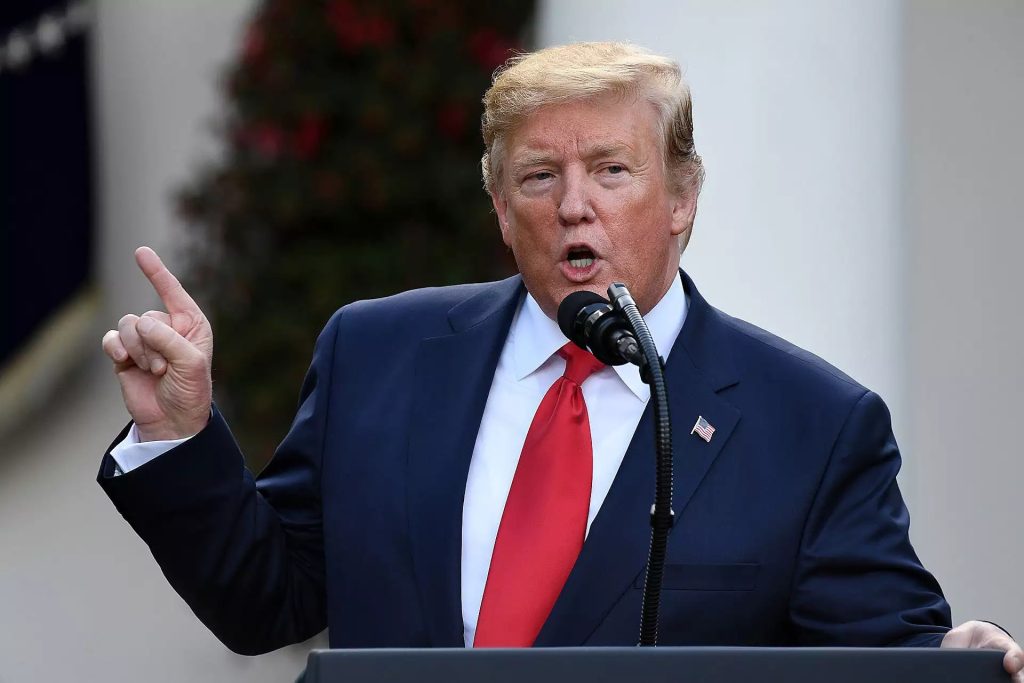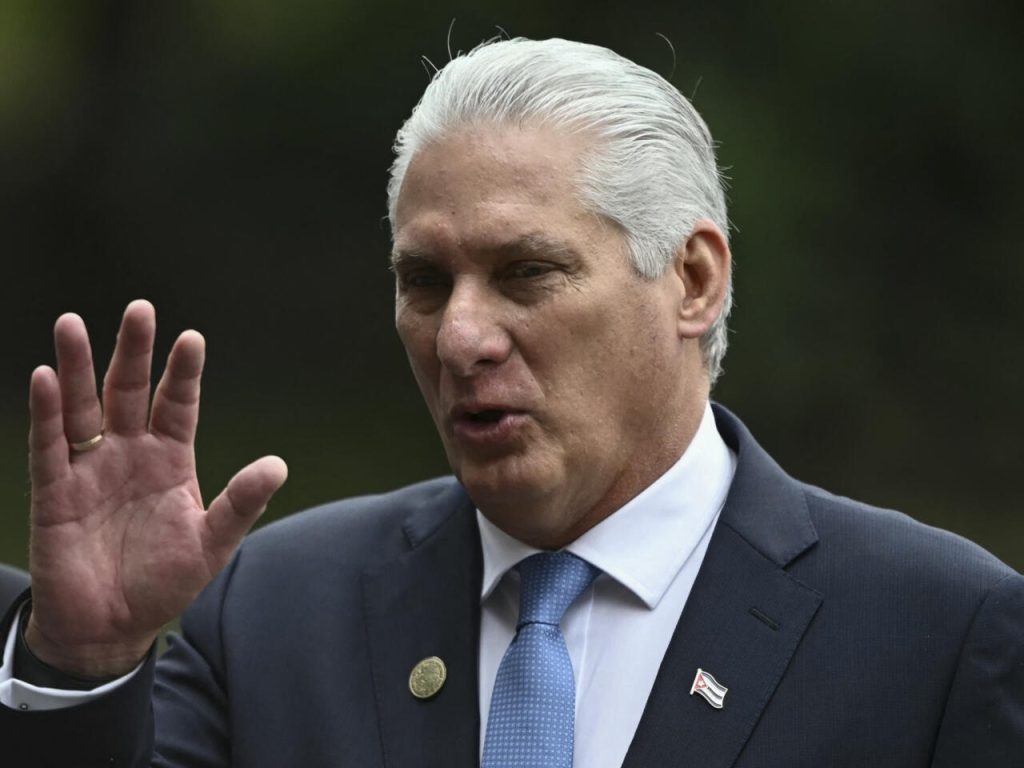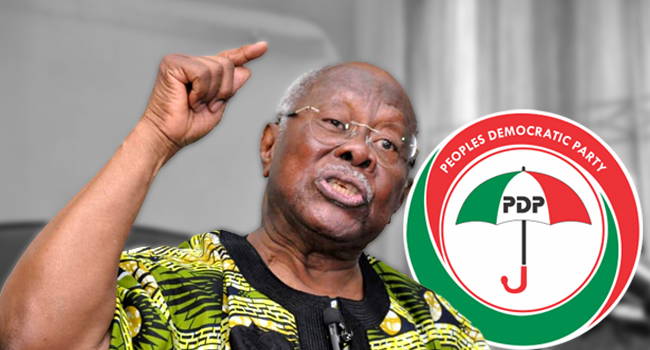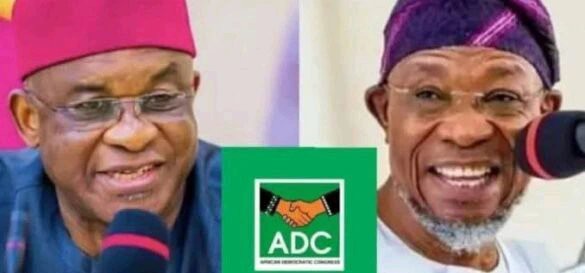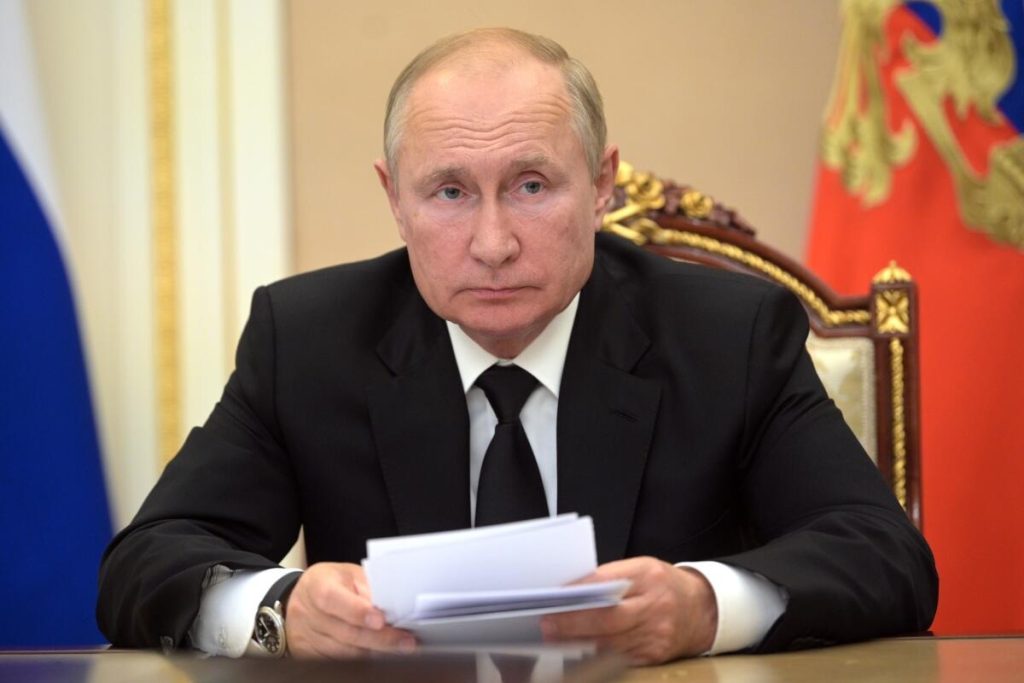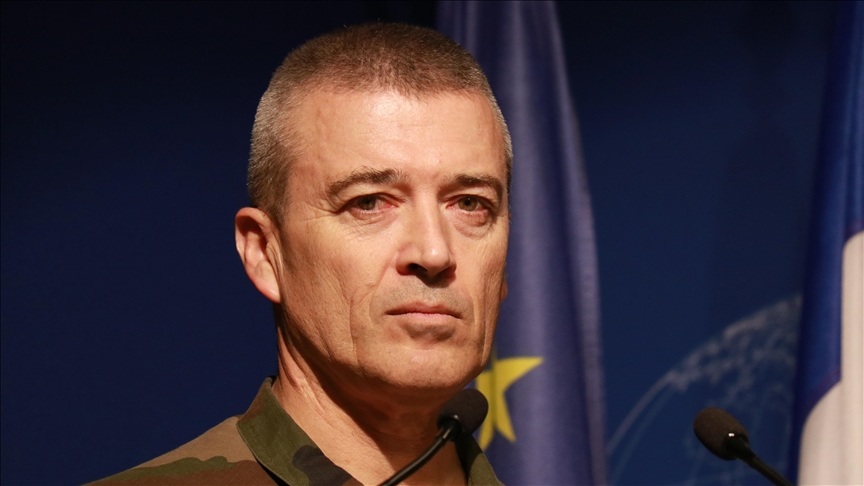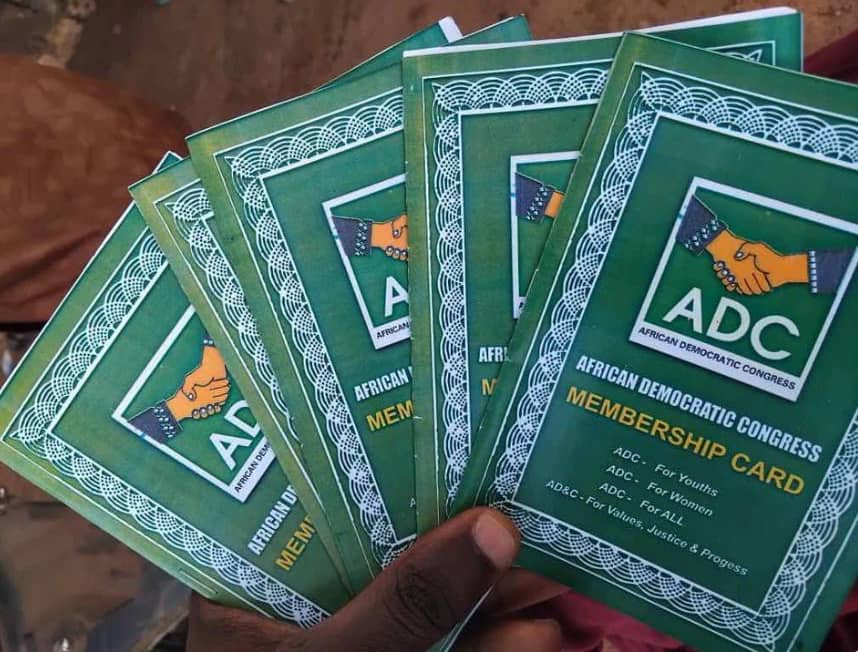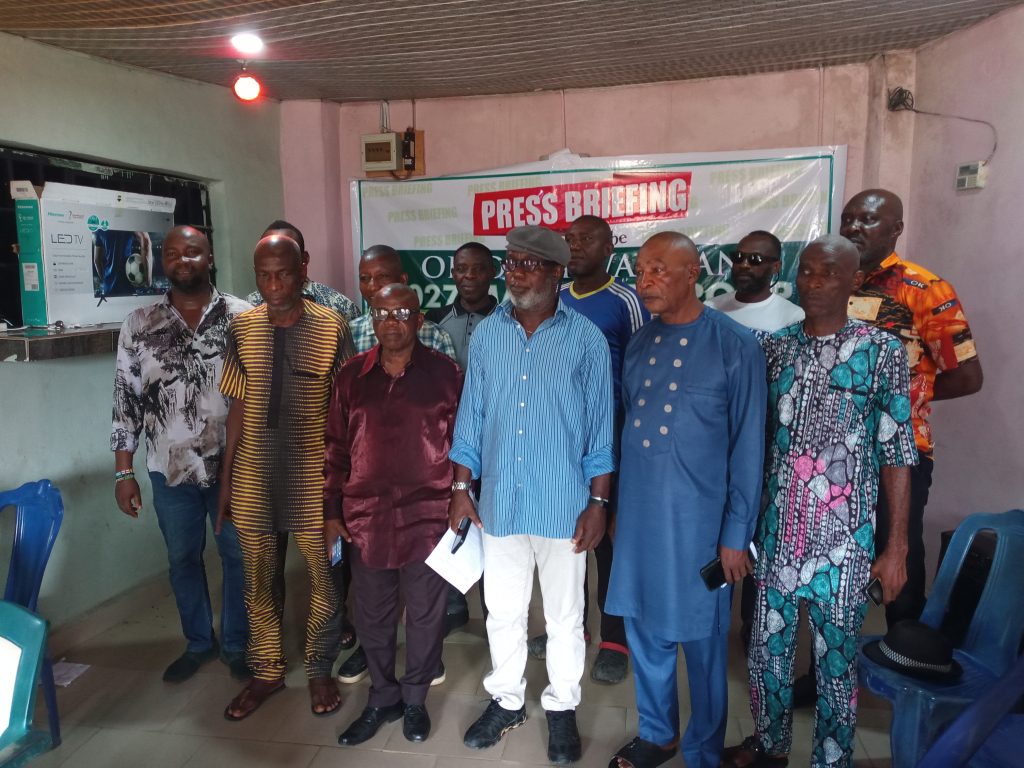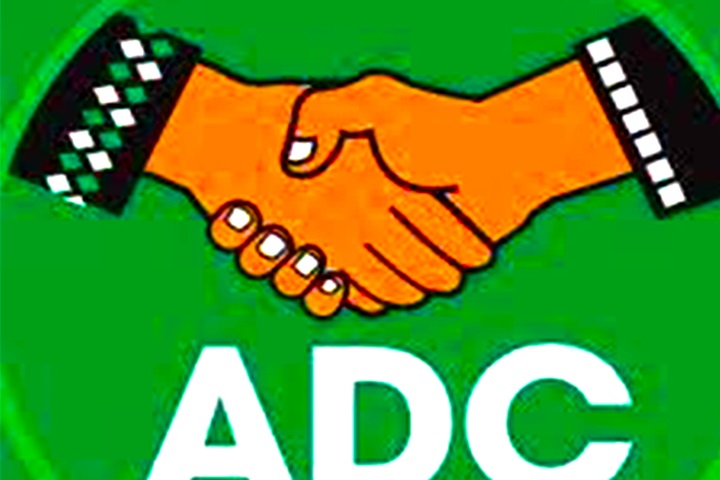Africa
Bullets Fly In Kenya On July 7: A Nation Remembers…And Resists
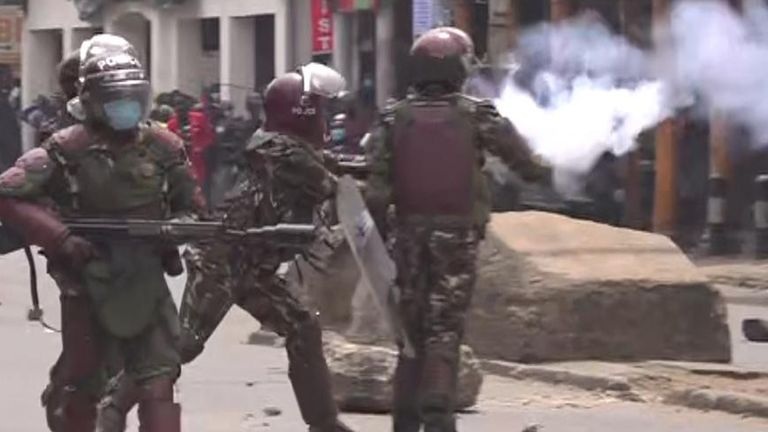
Kenyan security forces fired live ammunition and deployed water cannons on Monday, July 7, 2025, to disperse anti-government demonstrators in Nairobi, marking the 35th anniversary of the historic Saba Saba pro-democracy movement.
Local media say that at least one person was reported dead, with several others wounded, as hundreds of protesters faced off with heavily armed police across the capital.
Saba Saba, Swahili for “seven seven”, is observed annually on July 7 in remembrance of the 1990 demonstrations that challenged the repressive regime of former President Daniel arap Moi and demanded a return to multiparty democracy.
What began as a commemoration of that pivotal moment has now evolved into a broader call for political change.
Many protesters are reportedly urging President William Ruto to step down.
This year’s protests, ignited by rising frustrations over government corruption, police violence, and the mysterious disappearances of critics, follow a wave of similarly chaotic demonstrations last month.
Those clashes led to dozens of fatalities, extensive property damage, and widespread disruptions.
As anticipation of unrest grew, several schools and at least one major shopping mall shut down for the day, reflecting the escalating anxiety among Nairobi residents.
“We can’t afford to go home,” said Francis Waswa, a construction worker who joined the protests.
“Who will fight for our rights if we don’t?”
Demonstrations on Monday mirrored the discontent and desperation brewing among Kenya’s youth.
Many of these youths are reportedly disillusioned with a government they say has failed to deliver on its promises.
Some protesters blew whistles and chanted slogans as they marched through barricaded streets.
Meanwhile, videos circulated on social media showing incidents of looting and confrontations with law enforcement.
Protesters have accused the government of using paid vandals to discredit the peaceful movement, a charge officials have denied.
In contrast, the government has framed the protests as a security threat.
Interior Minister Kipchumba Murkomen announced via social media that security agencies had been placed on high alert.
This is supposedly to prevent “criminals and other elements of ill intent” from turning peaceful rallies into violent riots.
“The government is committed to protecting lives and property,” he said.
Leading activist Hanifa Aden offered a stinging critique of the authorities’ approach, posting on X (formerly Twitter): “Police are out in the rain blocking roads while we warm our beds.
“A total shutdown and forced holiday executed by the state.”
The situation escalated further over the weekend when a press briefing by the Kenyan Human Rights Commission, which was addressing enforced disappearances and extrajudicial killings, was violently interrupted by a group of unidentified men, some carrying sticks.
The intrusion raised fresh concerns about the state’s tolerance for dissent and freedom of assembly.
Underlying the current unrest is a sense of economic despair.
With approximately 80% of Kenya’s working population trapped in low-paying, informal jobs, resentment over inequality and a lack of opportunity continues to grow, especially among the youth.
Social media has become both a rallying point and an outlet for their frustrations.
One case that has particularly inflamed public sentiment is the death of Albert Ojwang, a teacher and blogger who died in police custody in June.
The government-funded Kenya National Commission on Human Rights linked Ojwang’s death to a pattern of state abuse.
It reported that 19 people were killed during last month’s protests alone.
In response, six individuals, including three police officers, are now facing murder charges, though all have pleaded not guilty.
Since June 2024, at least 80 lives have been lost during demonstrations, with dozens of protestors allegedly detained without due process.
Despite the mounting unrest, President Ruto remains politically secure.
Elected in 2022, he has successfully built a strategic alliance with opposition leader Raila Odinga, effectively weakening any immediate political threat ahead of the 2027 elections.
Nevertheless, the growing public outrage poses a significant challenge for Ruto’s administration.
As protests continue to erupt and calls for reform intensify, Kenya finds itself at a crossroads.
It echoes the same demands for justice and accountability that defined the original Saba Saba uprising more than three decades ago.
For Diaspora Digital Media Updates click on Whatsapp, or Telegram. For eyewitness accounts/ reports/ articles, write to: citizenreports@diasporadigitalmedia.com. Follow us on X (Fomerly Twitter) or Facebook



